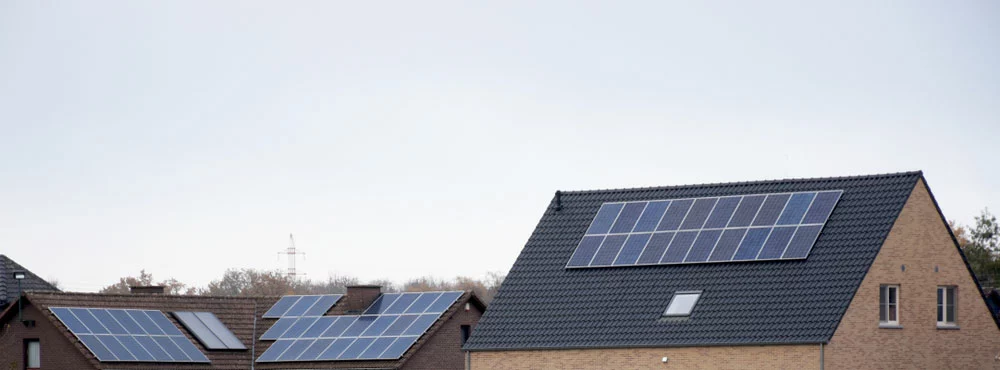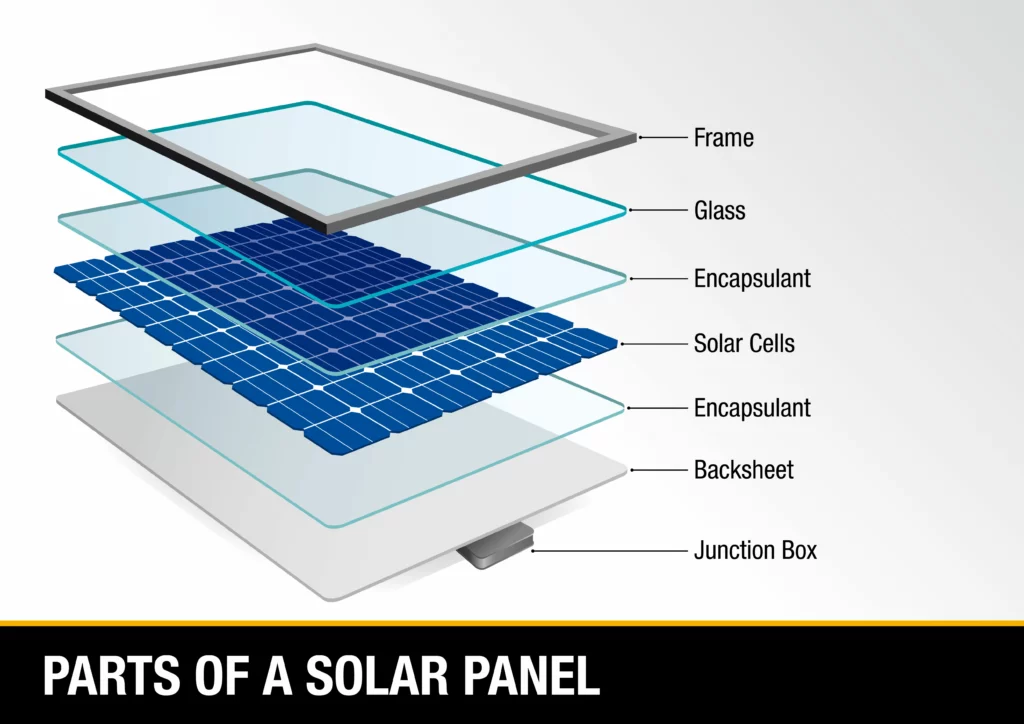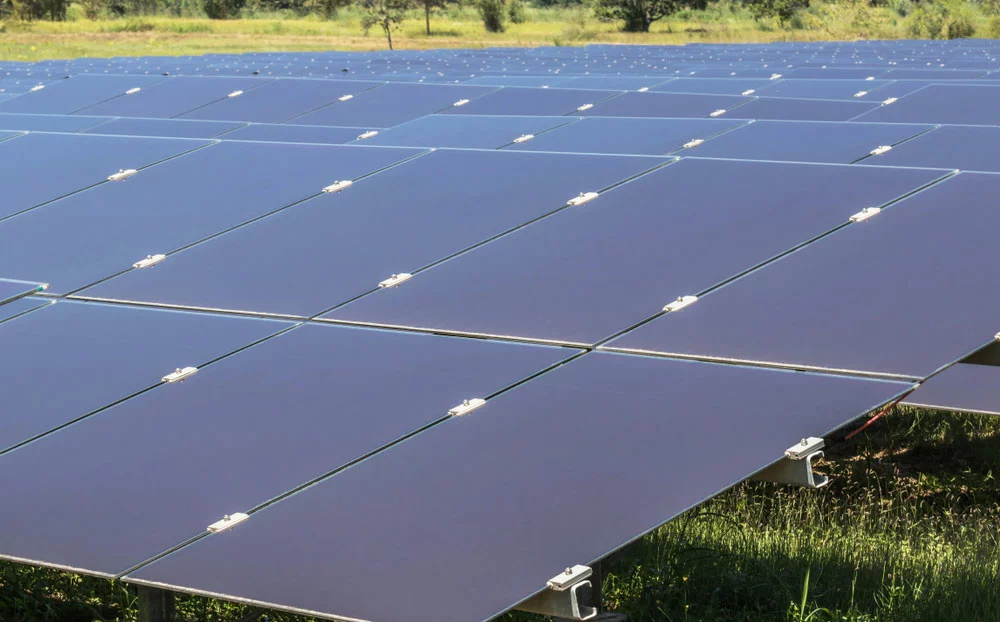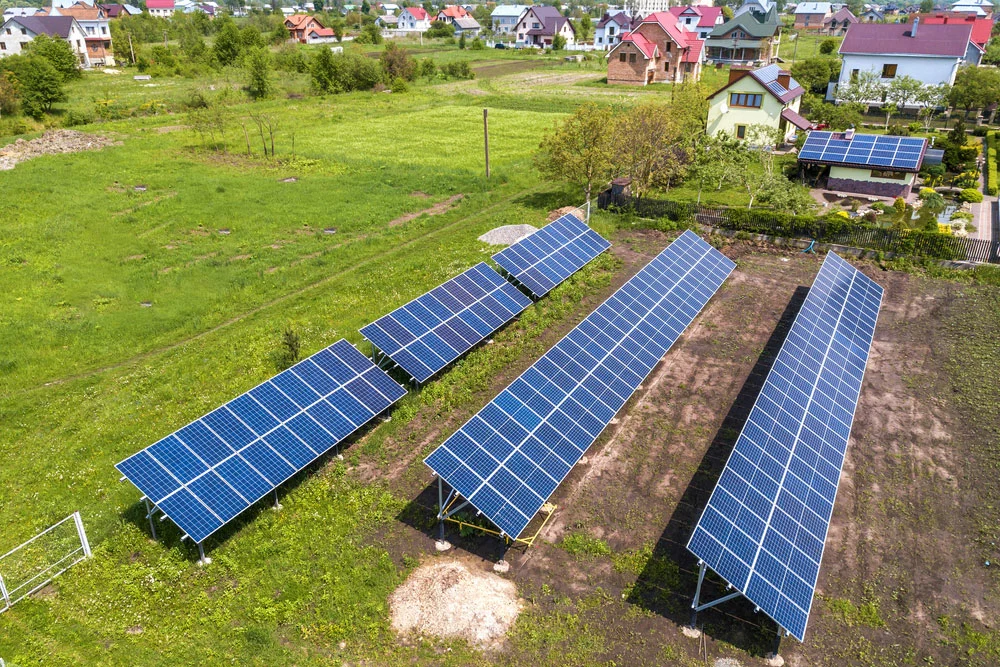Solar panels are one of the most complicated electronic devices to buy. When you’re looking for a solar panel for your home or business, it has to convert sunlight into energy efficiently.
This resource contains everything you need to know about the quality of solar panels before you buy. We’ll analyze rating and power tolerance, what to look for when purchasing your PV panels, and other helpful information.
Solar Panel Rating & Power Tolerance

The Solar panels on houses
Solar panel rating is the optimal amount of electricity a solar panel can generate. This rating is in watts. The higher the number, the more efficient your panels are. A panel with a rating of 30W will deliver 30W of electrical power to your home or business.
However, you should note that your panel will only generate as much power as its rating under ideal conditions. Such conditions include unhindered sunlight and zero solar shadings. These perfect conditions barely exist.
The second most important number on a solar panel is its tolerance. Solar panel tolerance is the difference between the maximum output and minimum output for an individual solar panel under ideal conditions.
For example, a manufacturer may indicate the tolerance level of a solar panel as +6% -6%. If the panel has a 100-watt rating, it can produce a maximum of 106 watts and a minimum of 94 watts under optimal conditions.
A panel with only a positive tolerance level would serve you better, as you can rest assured that you’ll get the panel’s rating as the minimum power generated.
How to check the quality of a Solar Panel
The quality of your solar panels will affect how well they can produce electricity. Here are the things you should look for before buying a PV panel.
Temperature Coefficient
The temperature coefficient is the most critical factor when considering the quality of a solar panel. A high-temperature coefficient means that as temperatures increase, so does a panel’s ability to produce energy.
However, your panels may have trouble generating energy during colder months if you live in an area with extreme temperature variance. The temperature coefficient is calculated in % by °C. Lower figures indicate higher quality of solar panels.
You should aim for a panel with less than 0.5 temperature coefficient.
Frame

Parts of a solar panel
The frame is what holds your PV cells together. It also acts as a safety feature protecting the solar panel cells from damage.
A sturdy frame is essential for durability, but it should also be lightweight. You want to avoid lugging around something too heavy.
Weight can affect the installation process, especially on old roofs, which can cave under heavy weight. A good solar panel frame should have seamless finishing.
Ensure the manufacturer has anodized the frame to reduce the chance of corrosion.
Protective film
All solar panels should have a protective film at the back. Ensure that the PV manufacturer installed the film correctly and it does not have bubbles that may interfere with its functioning.
Manufacturer
Check to see if the manufacturer has a good reputation. The best way to do this is to conduct an online search on companies that manufacture high-quality panels.
You should also check online reviews from current customers to see what they think about their experiences with the company.
If you can’t find any information on whether or not they’re reputable, you should steer clear.
Secondly, ask about their warranty and return policy. Most companies will offer some warranty on solar panels, but what it covers can vary widely. Some companies have warranties that cover only defects in artistry or materials.
Finally, ask about installation options. If they can handle your installation, it might save you some money.
Price
Finally, check the price of the panel. More expensive panels usually mean better quality. However, there are some exceptions to this rule.
Check the average cost of panels in your area before finally settling on one. A company offering PV panels at way below market prices is a red flag and may indicate poor quality solar panels.
What are the three types of solar panels?
There are many different types of solar panels, and they all have their benefits and drawbacks. We’ll review a few of the most common types here, so you can decide which is right for you.
- Monocrystalline
Solar panel manufacturers make monocrystalline solar panels from a single silicon crystal that they first slice into wafers. Each wafer makes a solar cell.
Monocrystalline solar panels have been around for a long time. They are still the most common type of solar panel on the market today.
Monocrystalline panels have cells in a single row, allowing each cell to capture more light from the sun. They cost more but also last longer than the alternatives.
- Polycrystalline
To create polycrystalline panels, PV manufacturers melt multiple tiny silicon crystals at high temperatures to form a large single crystal.
The arrangement of polycrystalline panel cells in rows and columns makes them less efficient than monocrystalline panels.
However, they’re less expensive and easier to manufacture. They’re also more durable than monocrystals because they don’t break easily.
Polycrystalline panels are commonly used in residential solar installations because they’re easier to install and maintain.
- Thin Film Solar Panels

Thin film solar panels
Thin layers of cadmium, copper, and other elements, only a few micrometers thick, form thin film solar panels. They’re cheaper than other types of panels but aren’t as efficient.
Thin film systems produce less power per unit area than traditional solar panels, with an efficiency of only 11%. They also have the shortest life span of all PV panels.
Does the quality of solar panels matter?
The quality of solar panels is important because it can directly impact the amount of power you generate from your solar panels.
While the cost of solar panels has come down quite a bit in recent years, that doesn’t mean they’re all of similar quality.
The materials that go into a solar panel make all the difference in how long it lasts, how much electricity it generates, and how efficient it is. Some companies will cut corners on materials and components to save money, which can lead to lower-quality panels.

Ground-mounted solar panels
If you go with a low-quality product, you could spend more money in the long run because of repairs or part replacements.
You also might get a shorter lifespan than you would with a high-quality product. Your panel may take even longer to pay for itself in terms of power bill savings.
Summary
Solar panels have become popular with homeowners looking to save on their energy bills and do their part for the environment.
Choosing which solar panels to invest in can be a difficult decision. Manufacturers build panels of varying quality, producing several different specifications.
When shopping, you want to check solar panels’ price, reputation, and quality. It would be best if you also looked to see how long the company has been in business and how reliable its products are.
This way, you can get precisely what you need from a solar panel- excellent performance or a good amount of power per dollar spent.
